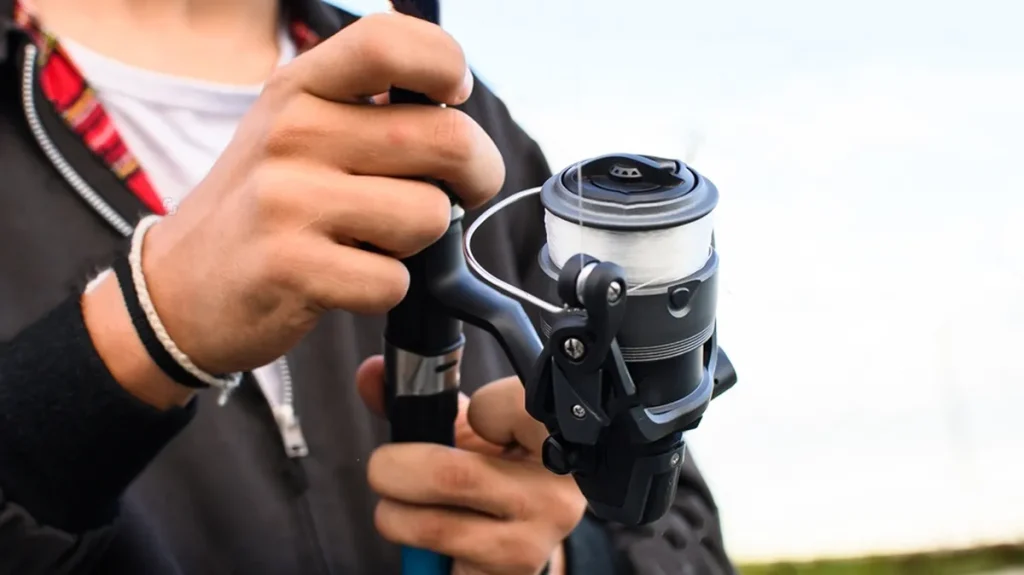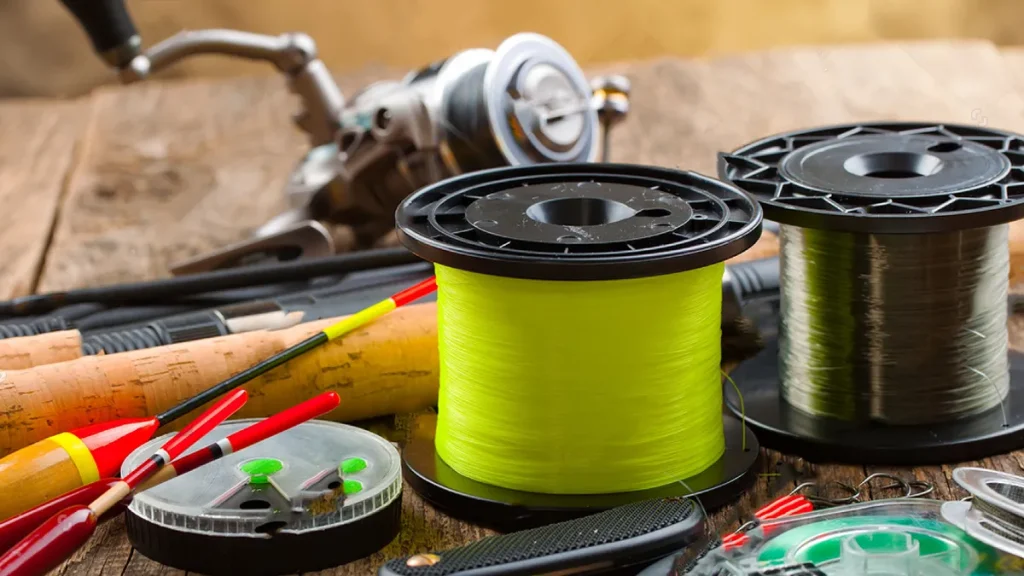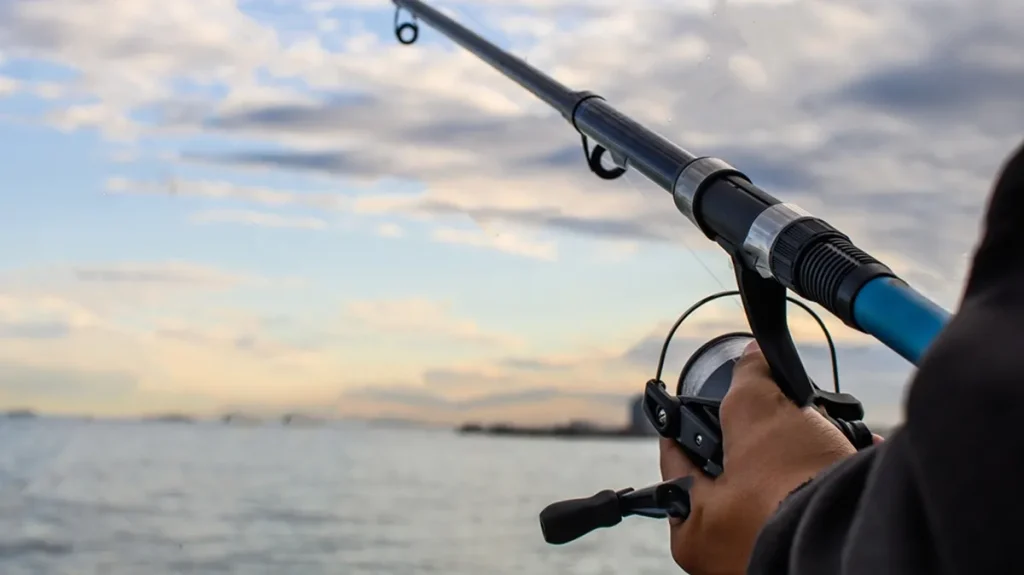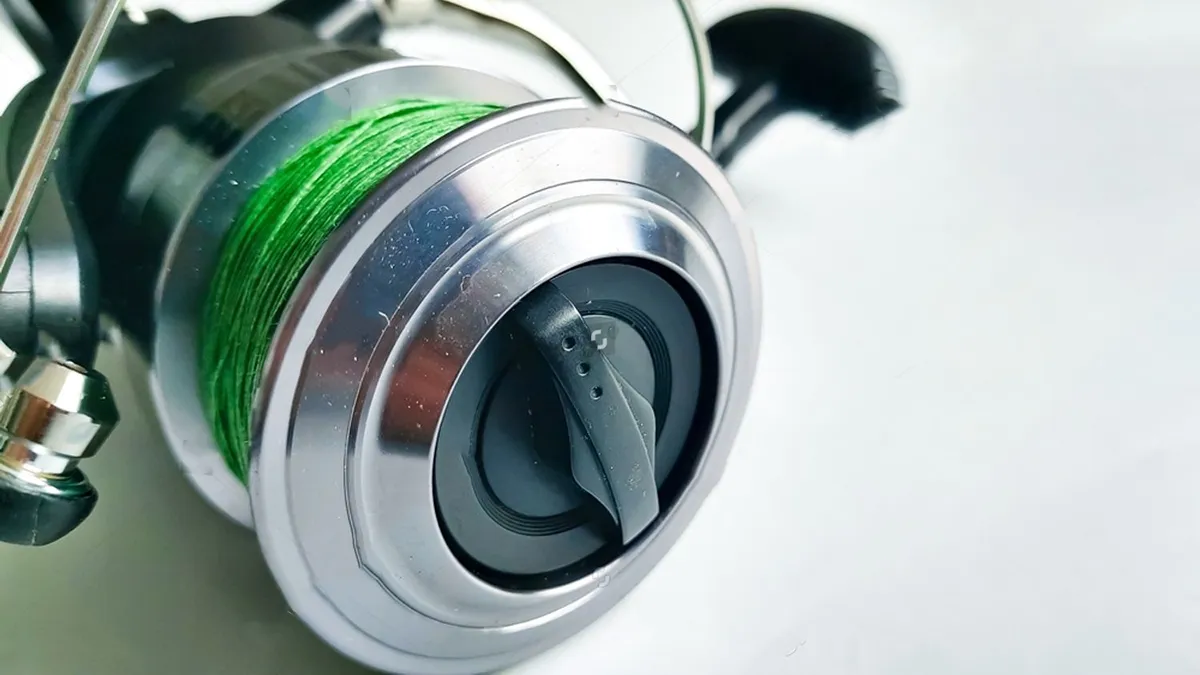Hey there, angler friends! Today, we’re diving into the crucial aspects of spooling and storing your braided line. Getting this right can seriously up your fishing game. Proper spooling ensures your line performs at its best, avoiding those annoying tangles and twists. And when it comes to storage, keeping your line in top condition means it’s always ready for action, regardless of your fishing environment or style.
Speaking of top-notch gear, have you checked out ReelBoss? We offer an amazing range of high-quality braided fishing lines, perfect for any fishing scenario you might find yourself in. Head over to our shop and gear up with the best. Whether you’re casting in calm lakes or facing the challenge of the open seas, the right spooling and storage techniques, combined with ReelBoss’s premium lines, are your ticket to a memorable catch. Let’s get your reel set up and explore how to make the most of these exceptional lines.
Prepping Your Reel for Braided Lines

Ready to set up your reel with a braided fishing line? Here’s how to get it done right:
Understanding the Need for a Backing Layer
First off, why add a backing layer? A braided line, with its sleek and slippery nature, tends to slip around the spool if it’s not anchored properly. This is where a backing layer comes in handy. It provides that necessary grip, ensuring your braided line stays put and performs well during casting and retrieval.
Choosing Your Backing – Monofilament vs. Fluorocarbon
Now, the choice between monofilament and fluorocarbon backing depends on your fishing style and preference. Monofilament, being stretchier, offers more shock absorption, which can be beneficial in certain fishing scenarios. Fluorocarbon, on the other hand, is stiffer and less visible underwater, providing a more direct connection to your lure or bait.
Attaching the Backing
- Start by tying the backing to your reel. The arbor knot is a good choice for its simplicity and strength.
- Ensure the knot is tight and secure.
- Next, connect the braided line to the backing. A double uni knot is often recommended for this purpose as it’s reliable and creates a smooth transition between the two lines.
With these steps, your reel is now perfectly set up for a braided line. But we’re not done yet. Next, we’ll tackle on how to spool your braided line correctly, ensuring you get the best performance out of your line. Stay tuned for more!
Spooling Braided Line Correctly
Now that your reel is set up with backing, it’s time to spool that braided line correctly. This step is super important for a smooth fishing experience.
Attaching Braided Line to Backing
First things first, let’s connect your braided line to the backing. You’ll want to use a knot that’s both strong and smooth. The double uni knot is a popular choice among anglers. It’s reliable and creates a neat connection, ensuring that the transition between your backing and braided line is seamless.
Maintaining the Right Tension
When spooling, tension is key. Hold your braided line taut as you wind it onto the reel. This prevents any loose coils, which can lead to nasty tangles later on. If you can, get someone to help you by holding the line spool or using a spooling tool to maintain consistent tension.
Knots for Securing the Line
Once you’ve got the line on the reel, you’ll need to secure it. A tried-and-true option is the arbor knot. It’s simple to tie and does a great job of keeping your line anchored to the reel. Remember, a well-tied knot is the difference between a fish story and the one that got away.
And there you have it! With your braided line spooled correctly, you’re all set for a great day on the water. Proper spooling can make a huge difference in your casting and reeling, so take your time to get it right. Next up, we’ll look into how to store your braided line effectively to keep it in top shape. Stay tuned for more tips!
Choosing the Right Braided Line

Hey, now that your reel is all set with that perfectly spooled braided line, it’s time to talk about choosing the best-braided fishing line for your needs. This bit is crucial because the right line can be a game-changer out on the water.
Key Factors to Consider
When picking the best-braided fishing line, think about the breaking strength, diameter, color, and visibility. Each factor plays a role in how your line performs under different conditions. For instance, a thinner diameter is great for longer casts and deeper waters, but you’ll need a line with a higher breaking strength for those tough fighters.
Abrasion Resistance
This is especially important if you’re fishing in areas with lots of rocks, reefs, or structures. Different braided lines offer varying levels of abrasion resistance. You want a line that can withstand the wear and tear of your usual fishing spots.
Tailoring to Your Fishing Scenario
Are you casting in clear, open waters or targeting species in heavy cover? The color and visibility of your line can make a big difference. In clear water, you might want a line that blends in, whereas in murkier waters, a high-visibility line can help you keep track of your casts and strikes.
And if you’re in the market for top-quality braided lines, check out ReelBoss’s selection at ReelBoss Braided Lines. Our range of fishing lines are designed with these factors in mind, ensuring you have the best line for whatever fishing adventure you’re planning. With ReelBoss, you’re not just getting a line; you’re gearing up for success!
Proper Storage Techniques for Braided Lines
Alright, you’ve got your braided line all sorted out, but how do you keep it in top condition off the water? Simple yet effective storage techniques can make all the difference. First up, always store your braided line in a dry place away from direct sunlight. UV rays can weaken the line over time, and moisture is no friend to its longevity. After each fishing trip, give your line a quick clean to remove any dirt or salt – just a gentle rinse and a wipe-down should do the trick.
To keep things organized and tangle-free, tools like line spoolers and winders are a lifesaver. They help maintain the line’s shape and prevent any frustrating knots or twists. Taking these small steps to care for your braided line will pay off in the long run, ensuring it’s ready to perform when you hit the water again.
Troubleshooting Common Braided Line Issues

Dealing with braided line issues can be a bit tricky, but don’t worry, there are straightforward solutions to common problems. If you’re facing tangling and knotting, the key is to ensure your line is spooled correctly with even tension. Also, using a line conditioner can help reduce friction that often leads to tangles. When it comes to line memory and digging, regular maintenance is crucial. Unspool and straighten your line periodically, especially if it’s been on the reel for a long time. This helps in reducing memory and prevents the line from digging into itself on the spool.
For common spooling challenges, make sure you’re using a spooling station or have someone help you maintain tension. If you encounter errors, don’t hesitate to cut out the problematic section and re-spool the line. A bit of patience and attention during spooling and maintenance can save you a lot of hassle during your fishing trips.
Conclusion
So, we’ve covered a lot about braided lines, from spooling to storage and troubleshooting common issues. Remember, proper spooling is crucial – it ensures your line lays evenly on the reel, minimizing problems like tangling and digging. And don’t forget about storage! Keeping your braided line dry, clean, and protected from UV light extends its life and maintains its quality.
In the end, the lifespan and effectiveness of your braided line largely depend on these practices. Regular maintenance and careful handling can greatly improve your fishing experience. So, take the time to spool correctly, store properly, and address any issues promptly. By applying these techniques, you’ll not only enhance your fishing trips but also get the best value from your braided line. Happy fishing, and here’s to many successful catches with your well-maintained line!
